
Politics & Society
Marking Mabo: How has Native Title changed since the landmark ruling?

Author, poet and academic Kevin Brophy reflects on his time living in the remote Aboriginal community Mulan
Published 21 May 2018
Shortly after arriving in Mulan, the local ranger told me a story of a sacred rock in the bush nearby. Some years ago a tourist had gone down that track and found it, and taken it away to somewhere in the South. Months later the stone was delivered back to the community, with a note saying that the family of that tourist had suffered many deaths and tragedies recently, and that they thought it might be the stone that had brought them this trouble. They wanted it returned to its place.
The ranger said that he no longer drove a car down that track because he wanted the track to grow over, so tourists in the future would not be tempted to pick up that rock. I went to see the rock, now behind a chain link fence, and it was a strange and startling object out there in the desert.
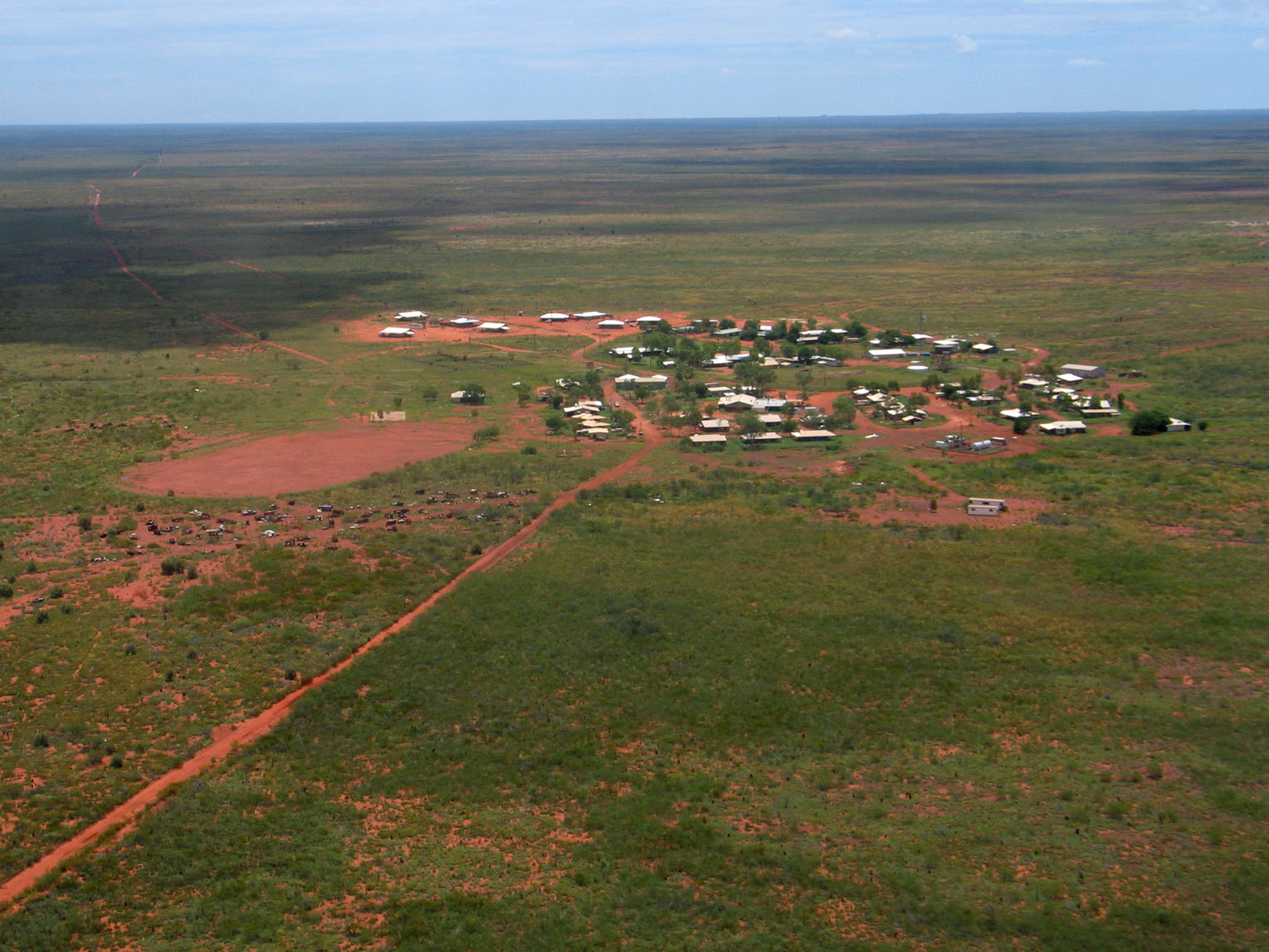

Politics & Society
Marking Mabo: How has Native Title changed since the landmark ruling?
Mulan is one of the smallest and most remote Aboriginal communities in Australia. About 100 to 150 Walmajarri people live here, close to the expansive, salty Lake Paruku (Lake Gregory on many maps) and many hours of driving on treacherous dirt roads to the nearest town of Halls Creek. The people of this region moved back to Mulan (named after a local salt wattle tree) in 1979 from a mission town, and in 2001 they were granted land rights to the area around the lake in the Tjurabalan Native Title Determination.
This lake is a staging place for many thousands of migratory birds, including one of the largest concentrations of brolgas in Australia. The lake and landmarks around it also trace the events of ancient creation stories. During the 1960s, when the people of this area had been removed from the area, the lake dried up. It has, since their return, filled again.
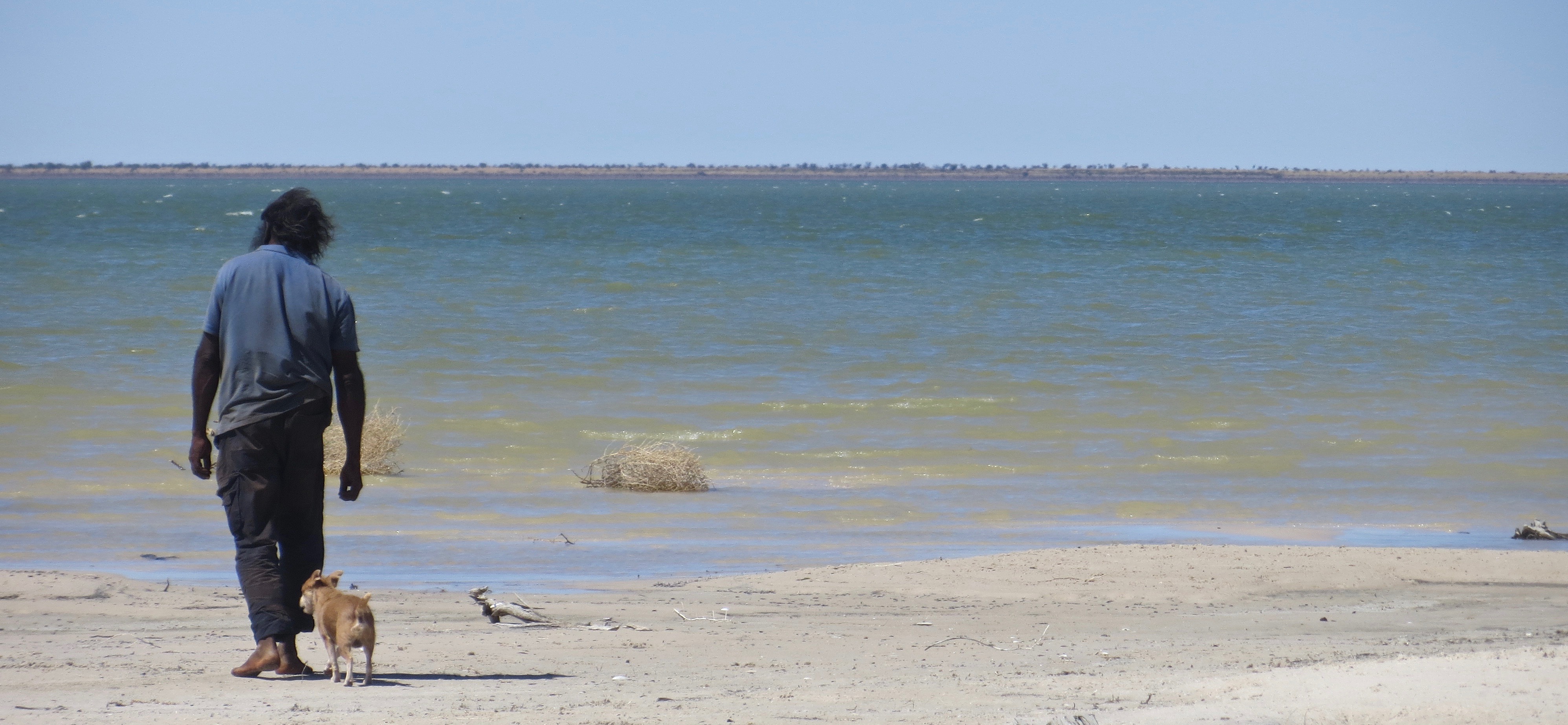
I was in Mulan with my partner who had taken up a two-year contract to teach in the local school. My aim was to volunteer at the school, to experience this semi-arid desert landscape, and to write of my experiences through a series of poems. The story of the sacred rock just outside town was a reminder and a warning— that my usual ways of thinking might not work in this place; and my whitefella impulses might cause much damage if I was not careful.
Around this time, another member of the community warned me, casually, that I should never take a boat out to the centre of the lake because no one returns alive having crossed the centre of Lake Paruku. This story carried its own warning, namely that in this place I could never be sure whether my leg was being pulled or my safety was being protected. I was adrift, at the mercy of the stories that swirl through this community, a victim of my own white naivety and eagerness for the exotic. After two years in Mulan, though, I had still not gone anywhere near the centre of the lake.
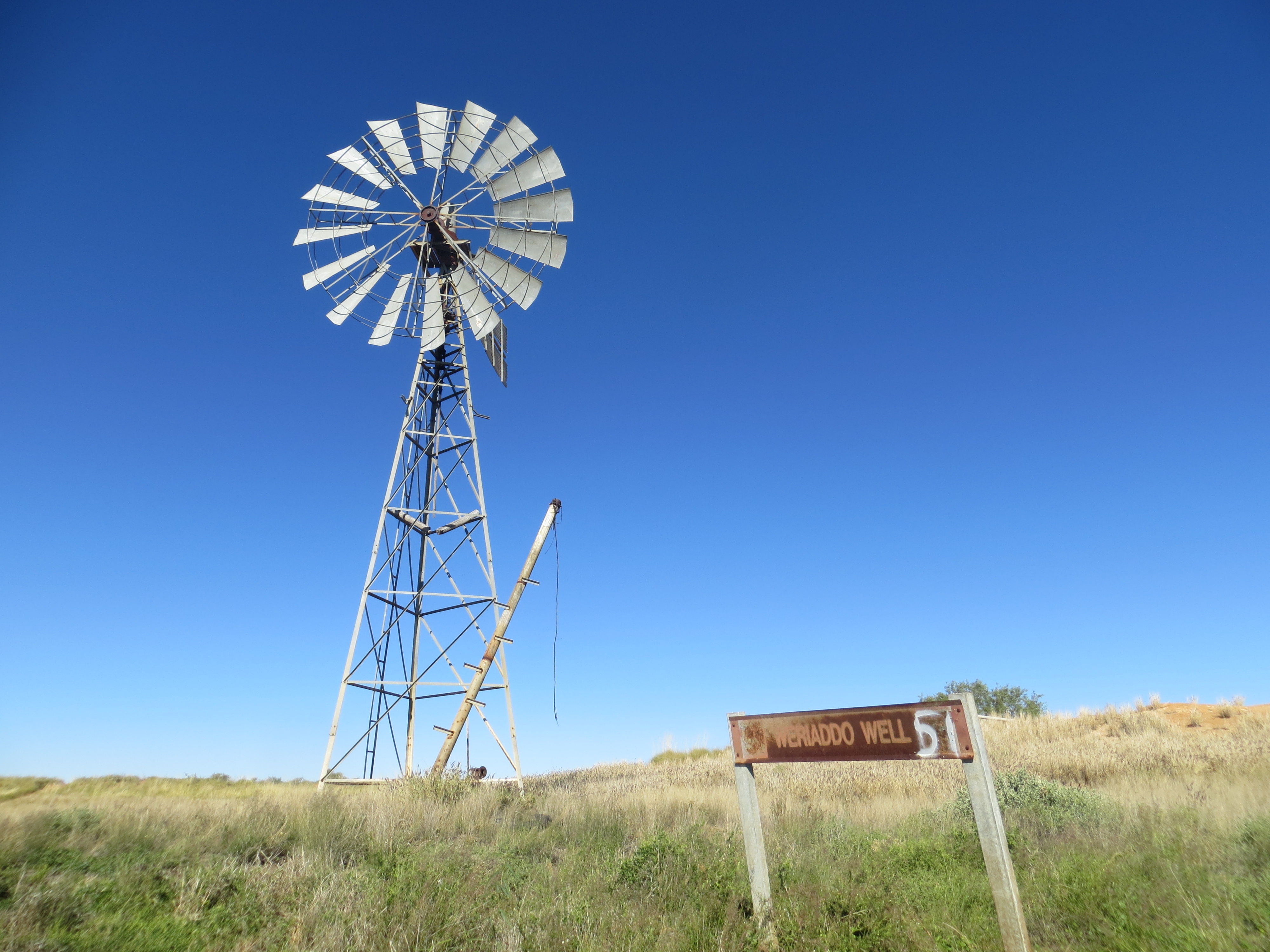
Parnkupirti creek runs beside the community of Mulan. In the wet season it is full enough for the children to swim and fish in it. During the dry season it is a trail of stones and washed-away banks, with human-made stone flakes eroding from these banks. The creek follows the ancient shoreline of a lake many times larger than today’s Lake Paruku.

Arts & Culture
Breathing new life into old songs
In 1978 the archaeologist, Jim Bowler, began visiting the community and exploring along the banks of this creek. He was instrumental, at that time, in having a certain sacred stone returned to the community after it had been taken to the Museum of Western Australia by a ‘scientific’ party from Perth. In 2008, Jim Bowler’s team unearthed a stone artefact from sands around the creek that could be dated to nearly 50,000 years ago. A new benchmark was established for human occupation of the north of Australia.
The local ranger can take you to this place, and show you where the flaking stone has been re-buried a metre below the surface. Mulan has become the site of evidence of deep time and ancient human occupation. It is a community that continues an association with their land that goes back beyond imagination.
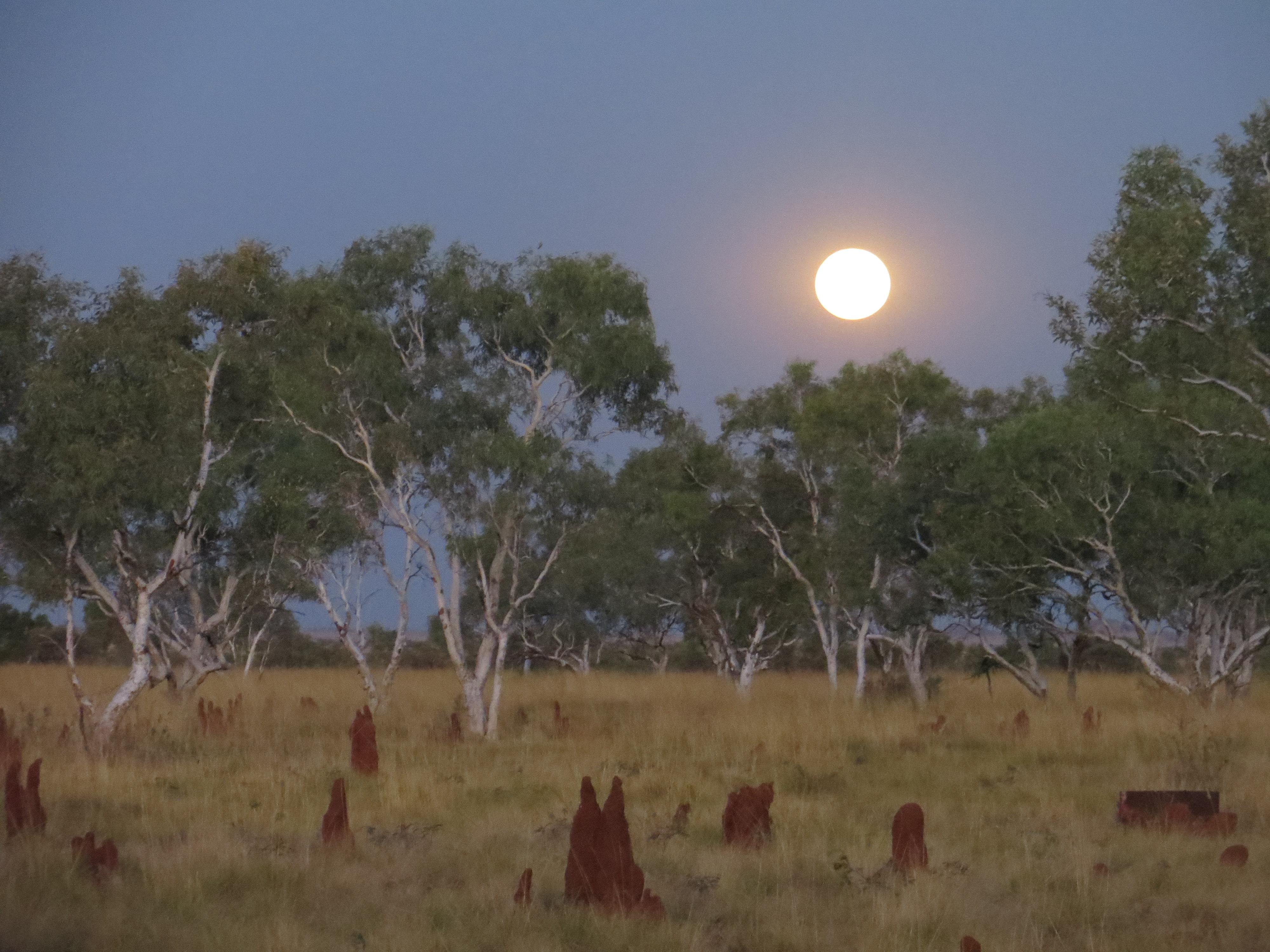
As a small, isolated desert community in contemporary Australia, however, Mulan faces many almost impossible to comprehend challenges and contradictions. There are the illnesses and poor health associated with poverty and third world conditions: the complications of trachoma, chronic diabetes, organ failure, heart disease, malnutrition, multi-resistant bacterial infections, lice and ulcers facing each person and every family every day.

Arts & Culture
Aboriginal voices in the afterlife of photographs
Added to this are houses in disrepair, with little hope of visits from tradespeople, a fragile connection to the larger world through mud roads that are frequently washed out, and the problems that arise from depression and other mental health issues lacking expert attention. The one shop in the community receives fresh food once a fortnight if the roads are open. These hardships are what shock the newcomer, and lead you to ask, at first, why the community is so neglected.
After two years living here, with children who are irrepressibly alive to everything going on around them, with people who are so resilient in the face of their difficulties, and with a landscape that defies description, in an isolation that is shockingly extreme, I have no answers to the problems presented to me, and I have only awe to offer in response to a larger story of humanity unfolding here in the centre of Australia.
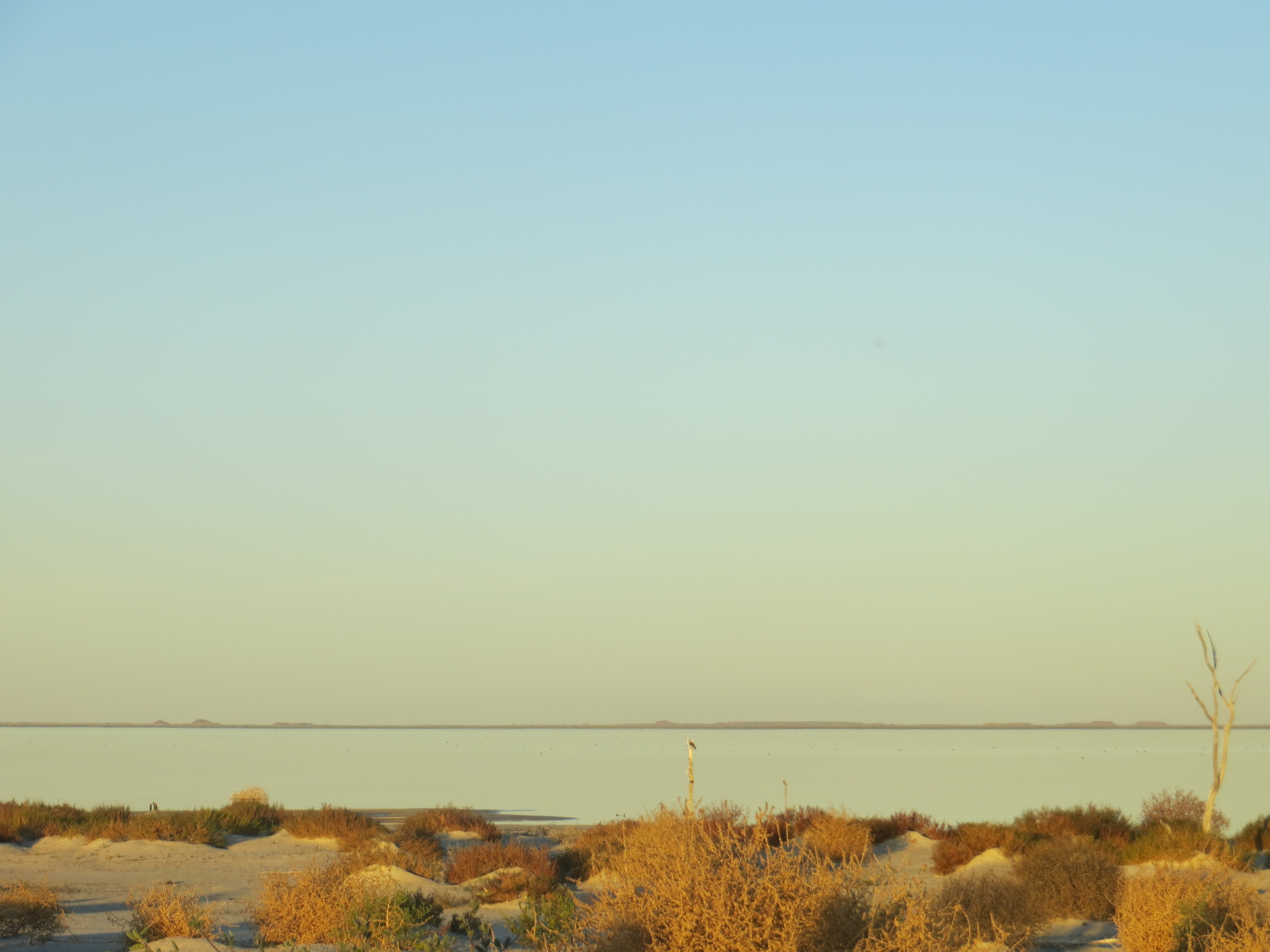
On the morning of my last day in the community, two shirtless boys came past our house on their way to school carrying a black swan. They came in to show us. One of them told me that the swan had landed beside his home in the night, and it was his sacred creature, so it was now his responsibility to carry it around. For him it was obvious that the swan had sought him out. The swan seemed to be comfortable in the boy’s arms, but it seemed to be incapacitated in some way too. Perhaps it had come down out of the sky in exhaustion, or perhaps it had a sore or broken wing. In any case, it was the last day of school for the year, and in the afternoon the teachers would be flying out of the community. The swan was safe from the local dogs and other children as long as we kept it locked in the school’s small vegetable and herb garden.
At the end of the school day, everyone left, but the swan was still there in the school. We were about to be driven out to the airstrip where a plane waited for us. We rushed around the community asking if someone could take the now abandoned swan either out to the lake or the draining ponds close to town. Just as it seemed we would have to leave without resolving the safety of the swan, the local ranger let us know he had already taken that swan out to the ponds nearby, where it would be able to heal safely. We flew out of the community for the last time, wondering again at the way things can, so often, fall out for the best, and without the panic or fuss we bring to many incidents.
Look at the Lake: New poems by Professor Kevin Brophy will be launched on May 23. It is published by Punchmann & Wattmann.
Banner image: Supplied